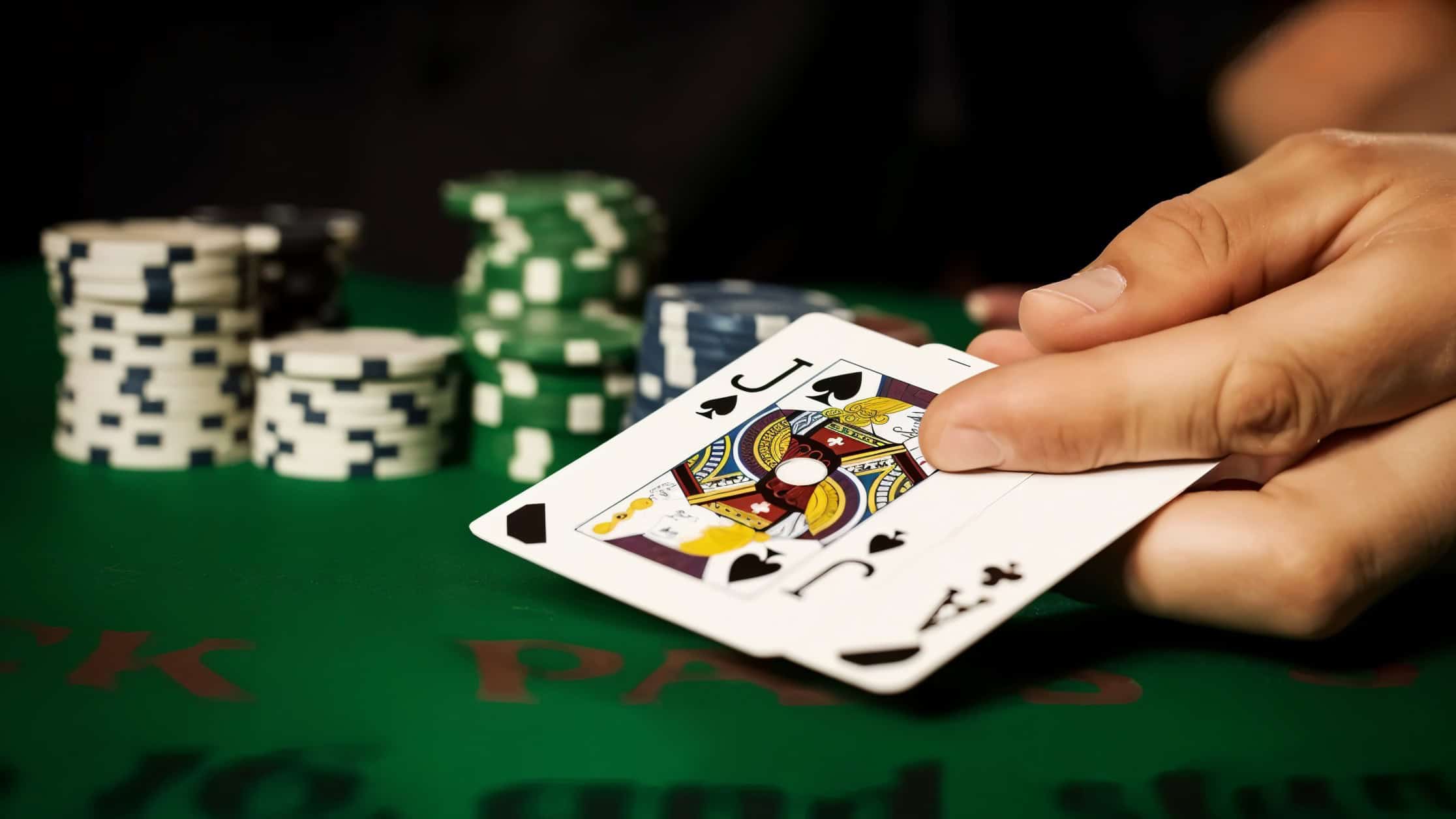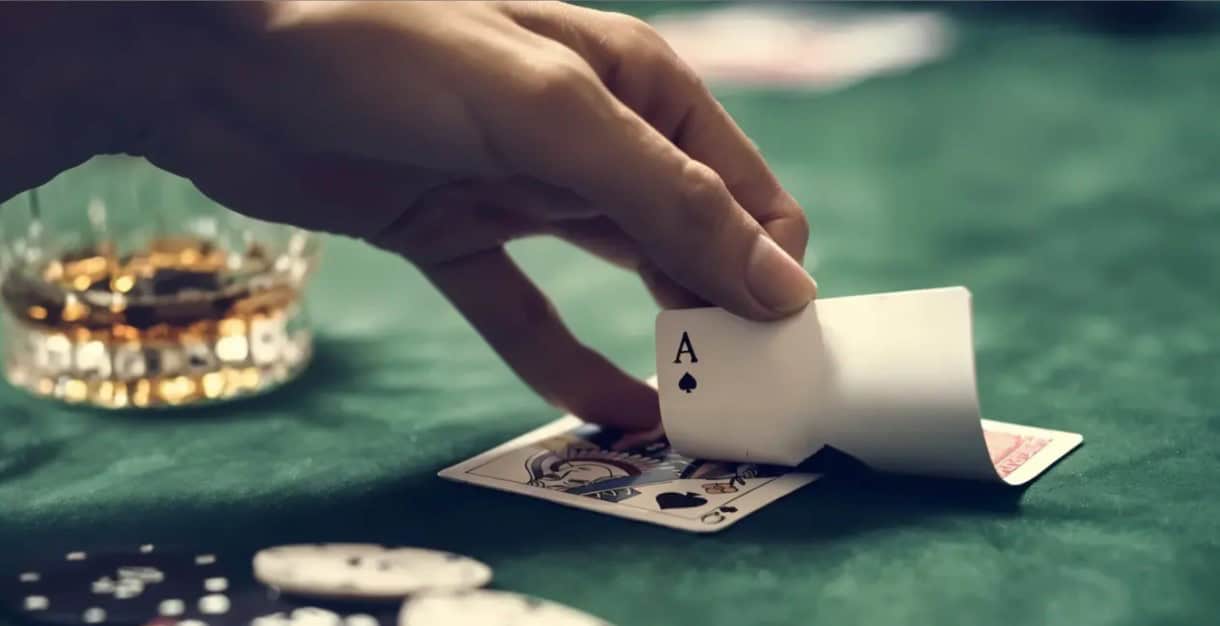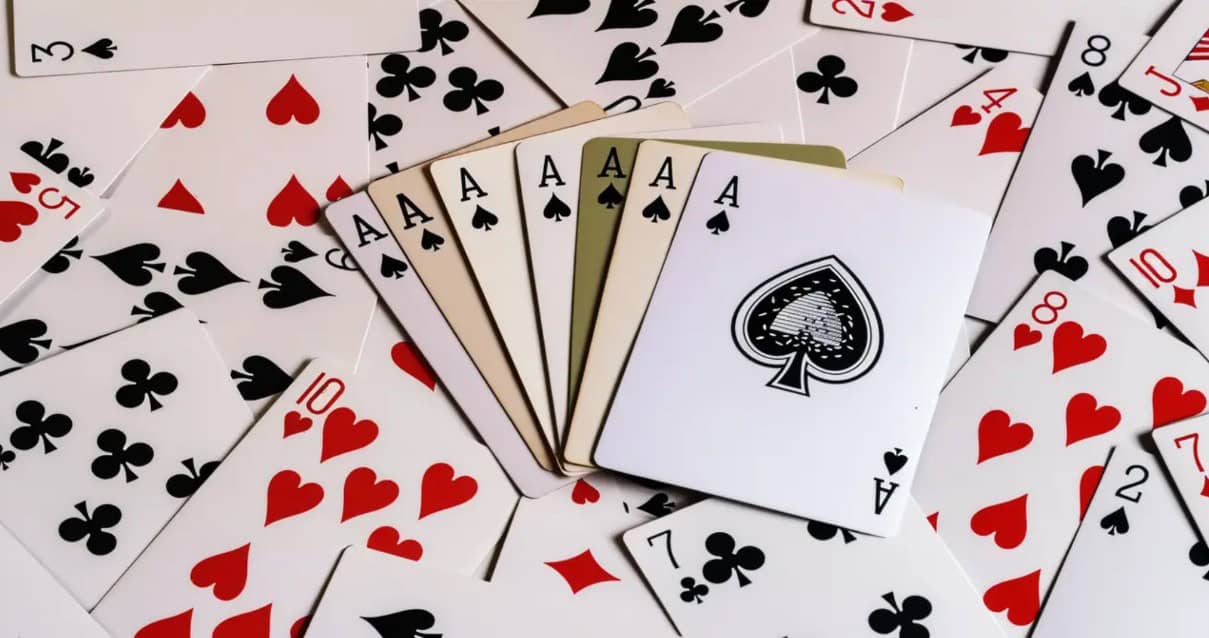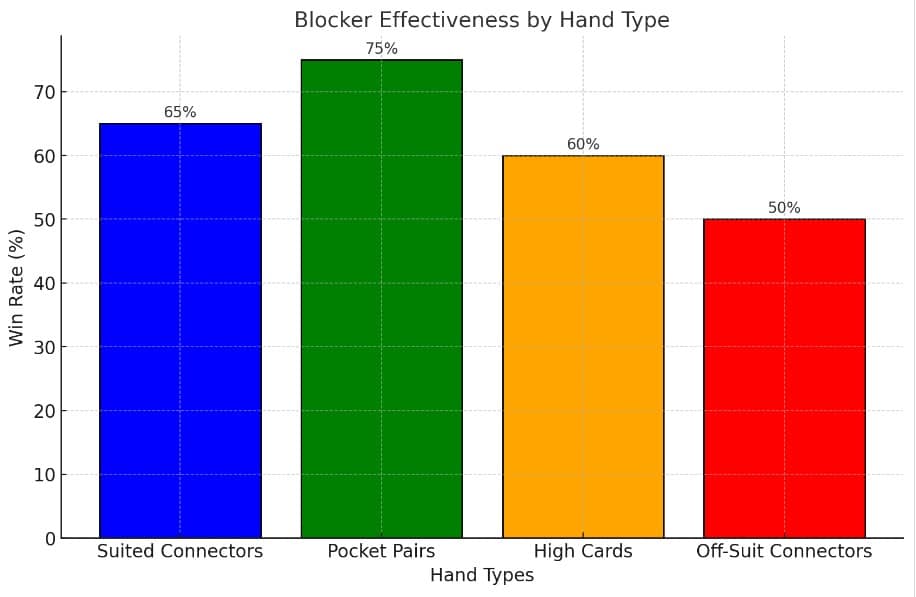
Master blocker strategy in poker for winning plays
In poker, sometimes the tiny edges separate the winner from the pack. The blocker effect is probably the strongest of all concepts in poker strategy but often is misunderstood. A blocker comes when cards in your hand decrease the chances of your opponent holding certain strong combinations. Learning how to use blockers expertly will completely change your decision-making and will make what seems like tough spots into calculated plays.
In this article, we’ll explore what blockers are, how they work, and why incorporating them into your strategy can drastically improve your results in both tournaments and cash games.
What is a blocker in poker?
A blocker is any card in your hand that “blocks” the likelihood of a certain strong hand your opponent could have, since you have in your hand one or more of the key cards they need to make that hand. Generally, this actually reduces the chances of them holding premium combinations.
For example: That means with the Ace of Spades, your opponent can’t have A♠K♠ or A♠Q♠. But knowing you have the King of the Hearts means that he can’t have the nut flush in hearts. By recognizing blockers, you gain valuable information that can influence critical decisions in bluffing, calling, and folding.
How blockers impact decision-making

Blockers are important in three main situations in poker:
- Bluffing with blockers: Blockers serve you very well when playing bluffs. When you hold an Ace or King in any suit, you’re decreasing the likelihood of the opposing player having top pair or having a flush along with other strong hands. You’ll make your bluff stronger that much more often. Example: The board comes A♣ Q♣ 7♦ 5♠ 3♣. You’re holding K♣ 10♣, knowing that your opponent can’t have the nut flush A♣X♣, so it is a great spot to bluff with a pot-sized bet.
- Calling with blockers: Sometimes blockers work the other way around: they persuade you to call lighter because your opponent is less likely to be holding strong hands. Example: Board reads Q♠ 9♠ 5♣ 4♠ J♠. You’re holding K♠: your opponent can’t have the nut flush A♠X♠ and a hero call is cheaper against an aggressive river bet:.
- Folding using blockers: Blockers also tend to keep you disciplined with your folds. If you know a given card is a blocker to your opponent’s range, failing to block it makes his strong hands more likely. Example: The board comes J 10 9 Q 8. If you held K Q, if you don’t block key suited cards, it’s so easy for them to have a full house or a flush.
Types of blockers in poker
Not all blockers are created equal. Let’s see some of the key blockers and how to make use of them effectively:
- Nut blockers: These will be the most powerful blockers, or in other words, cards that will give your opponent nuts. Example: Having the Ace of Hearts recruitable, it blocks the nut flush on a heart-heavy board.
- Loose blockers: Some hands block straight combinations simply because of the broadway cards contained in the board. Example: Holding K♦ J♦ blocks strong straights like AK or KQ.
- Block flushing: Flush blockers are highly valuable, especially when facing large bets on flush-completed boards. Example: On a board of 9♠ 8♠ 5♠ 2♦ Q♦, holding the A♠ means your opponent can’t have the nut flush.
- Combination blockers: Some hands block many different key combinations and are perfect for multi-street bluffs. Example: A♣ K♣ blocks both AA and KK, plus AK and possible flush draws.
Advanced blocking techniques
Once you understand basic blocker theory, you can raise your game by combining blockers with the following advanced strategies:
- Polarized ranges and blocker exploits: Employ blockers when representing a polarized range-that is, very strong hands or bluffs. The opponent will be put in tough decisions since he cannot narrow down your exact holding.
- Multiple street pressures with blockers: When holding strong blockers, bluff multiple streets. Even when missing draws, you will be able to apply most of the pressure on the river when the board completes, making him fold to a lesser extent.
- Opponent tendency attack: Exploit player tendencies with blockers. Apply pressure with nut blockers versus tight opponents; call a lot lighter versus loose players with key blockers to decrease bluff-catching risks.
Common mistakes when using blockers

Even experienced players misuse blockers by overestimating their strength or ignoring opponents’ ranges. Avoid these common mistakes:
- Overusing blockers for bluffs: Blockers help, but they don’t guarantee success. Don’t bluff every time that you hold a relevant blocker. Consider how credible your line appears.
- Ignoring opponents’ betting patterns: You can’t do anything with blockers if you don’t factor in the betting lines. Concretize your range read, not your card blocking, when their opponent’s play doesn’t fit a strong hand.
- Forgetting reverse blockers: Some cards make your opponents bluff less, not necessarily your strong hands. It becomes worse to call anytime you block common bluffing combos.
When not to use blockers
When blockers are less effective:
Multi-way pots: In multi-way pots, the blockers are less applicable.
Unpredictable players: Against loose or unpredictable players, blockers matter less.
Low-stakes games: Casual players often disregard ranges, making blockers irrelevant.
The power of blockers in tournaments vs. cash game

Blockers become lifesavers in tournaments when trying to navigate through a critical bubble spot: it either highlights a potential bluff-catching spot or maximizes your fold equity in a high-pressure situation. In cash games, blockers are more effectively used in deep-stacked situations where there’s a lot of thin value bets and huge river bluffs.
Conclusion: use blockers to gain the ultimate edge
Blockers are one of the most powerful tools in a poker player’s arsenal, offering deeper insight into ranges, opponent tendencies, and bluffing opportunities. By learning how to spot, calculate, and exploit blockers, you’ll gain a strategic edge in any poker game.
Remember that next time you are ever in doubt whether to bluff, call, or fold, just ask yourself that one simple question: What do I block? And the answer may just win you the pot.

